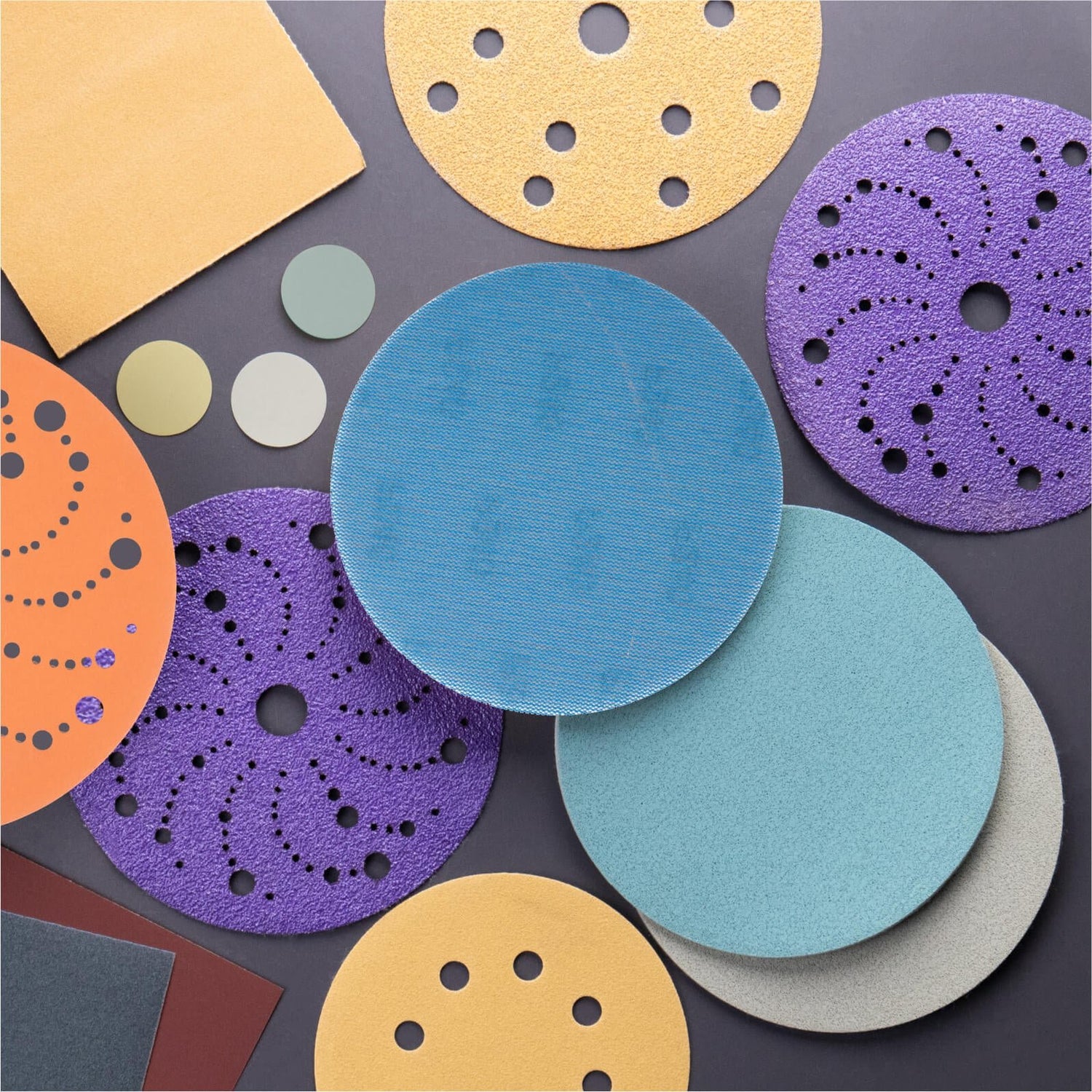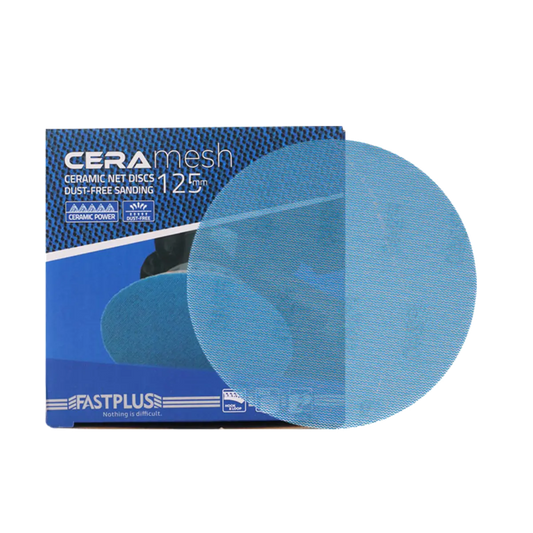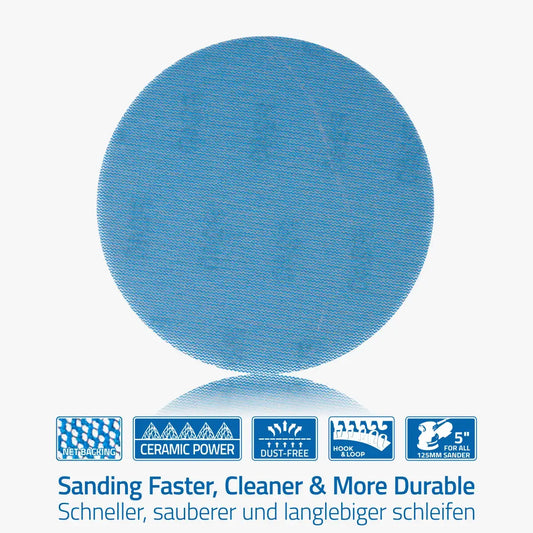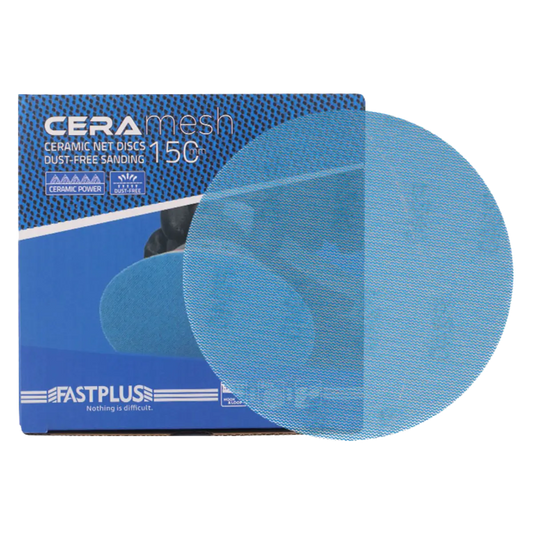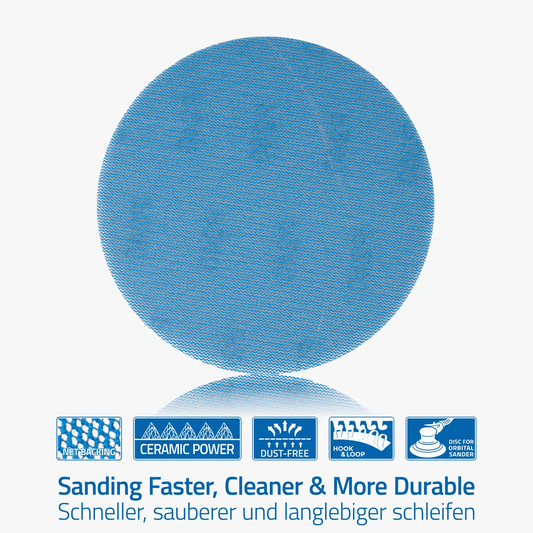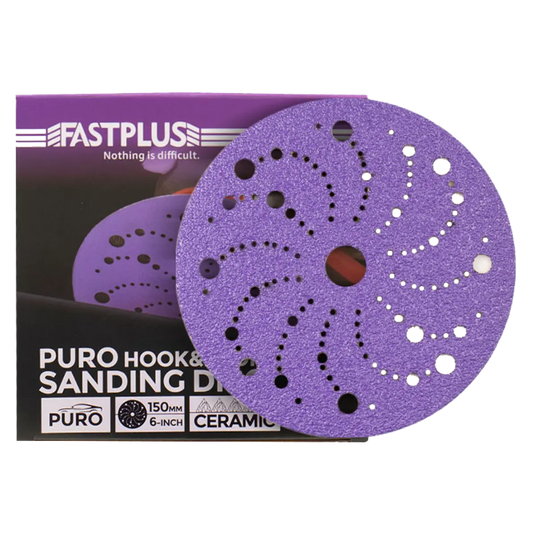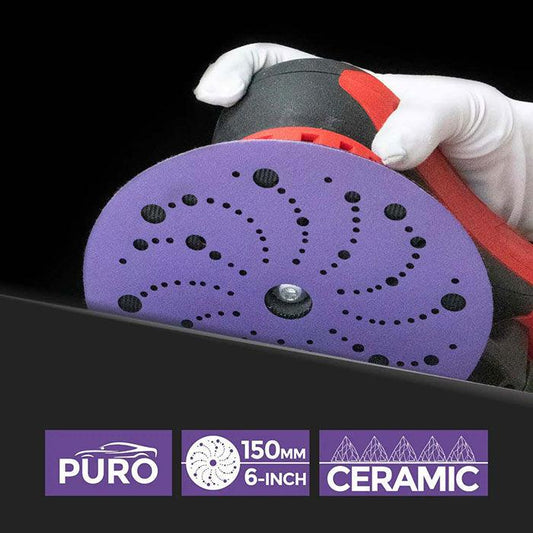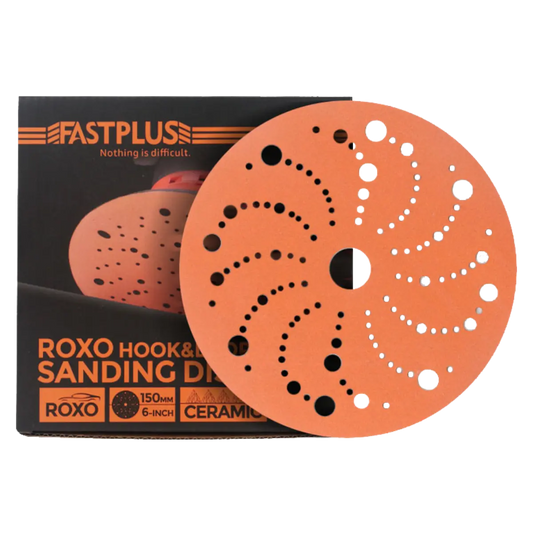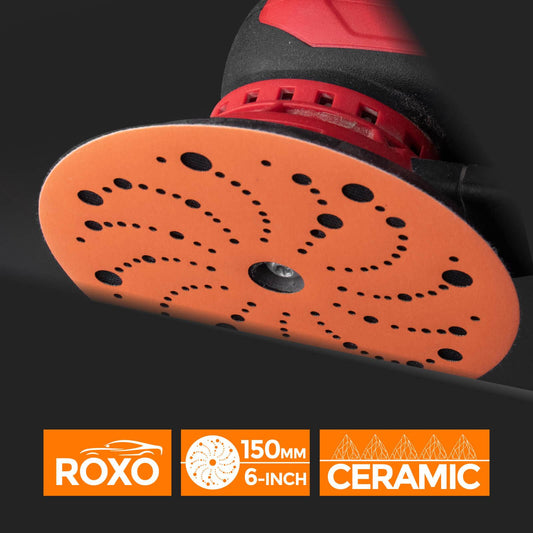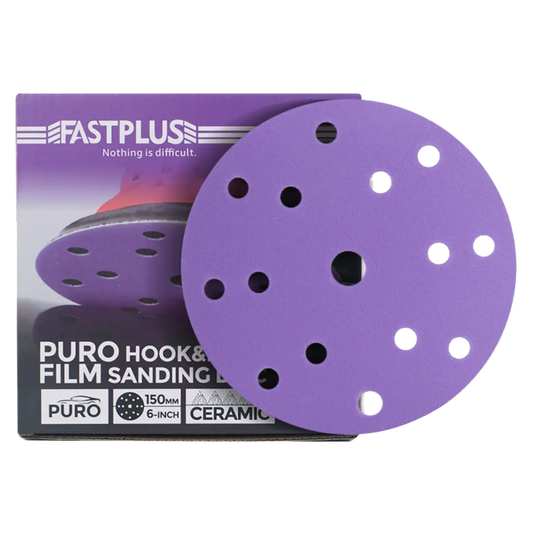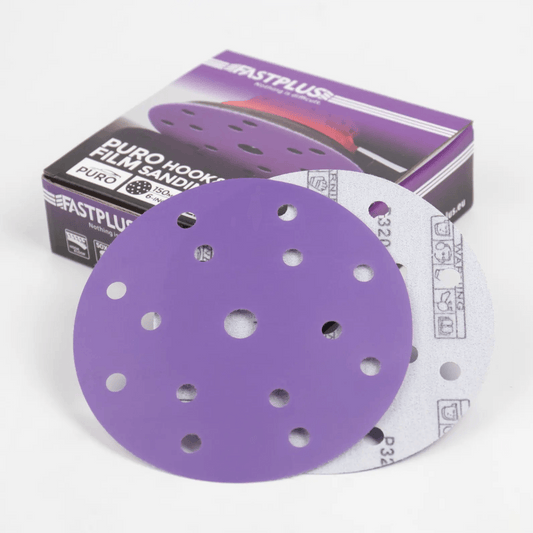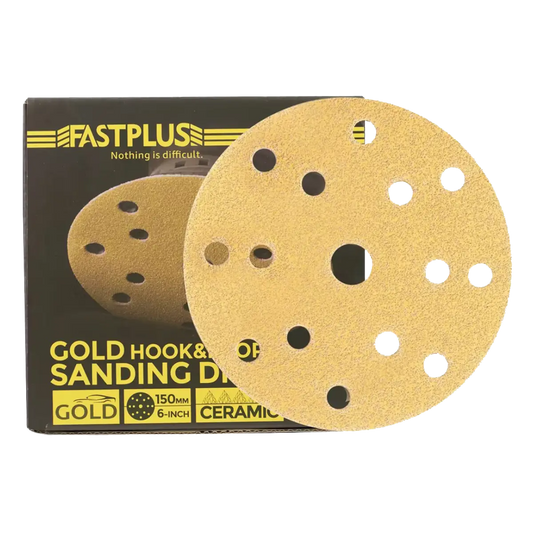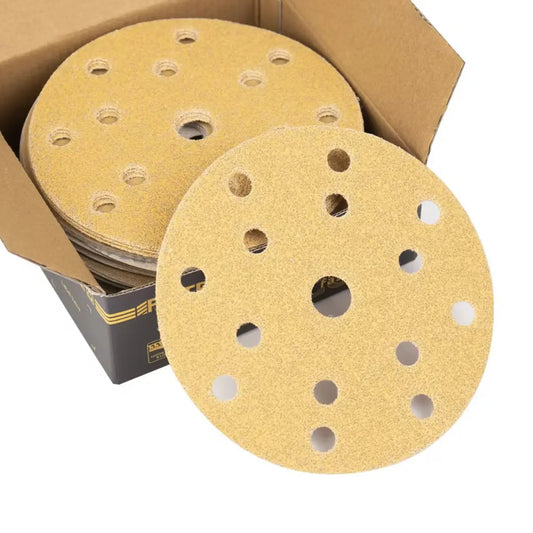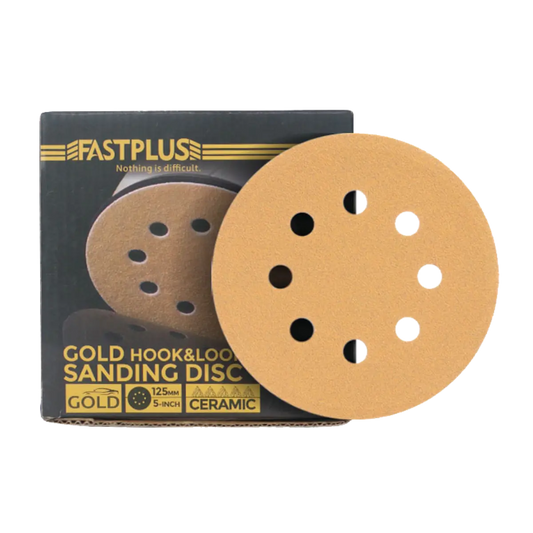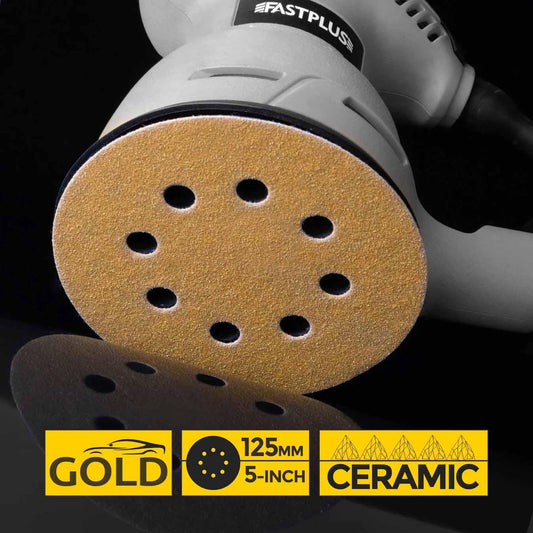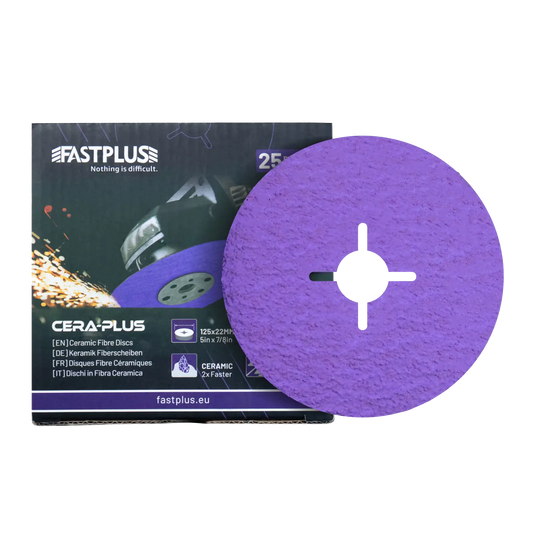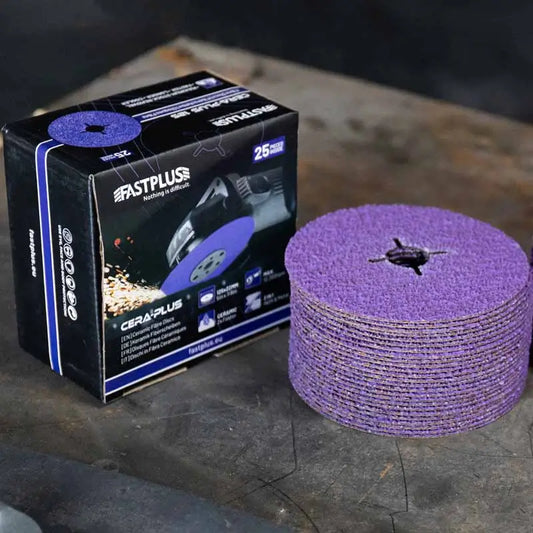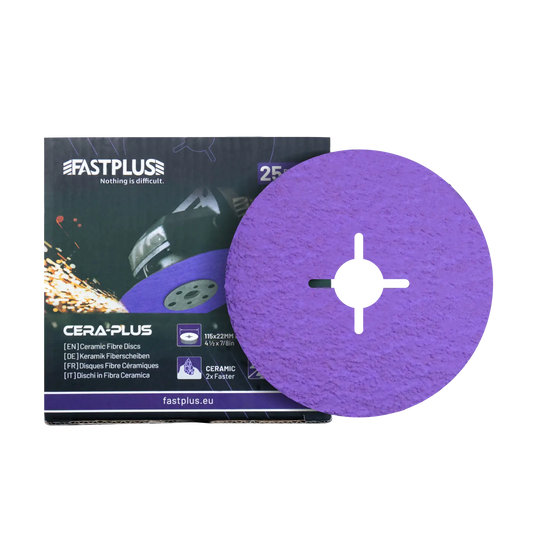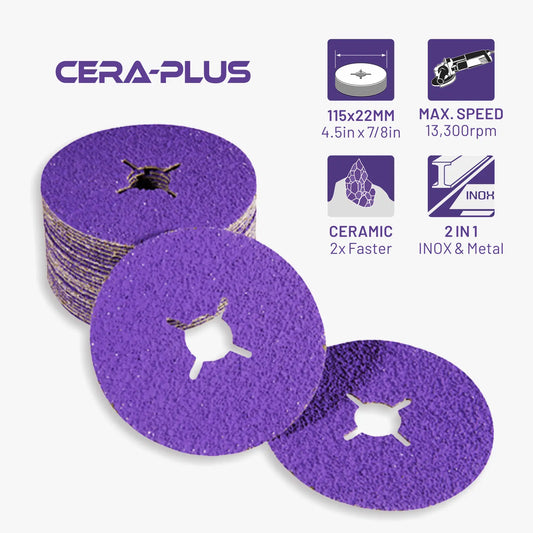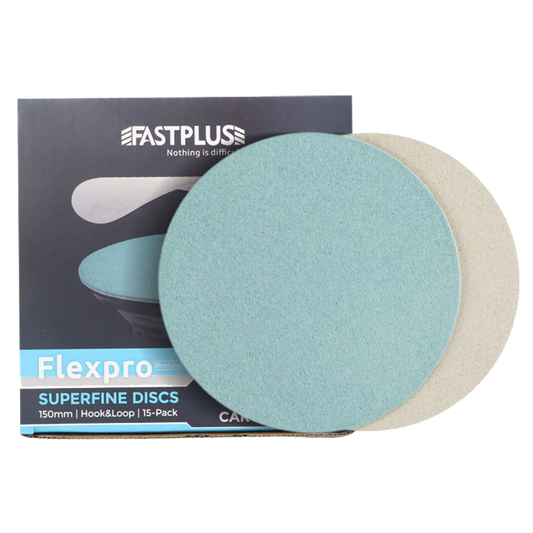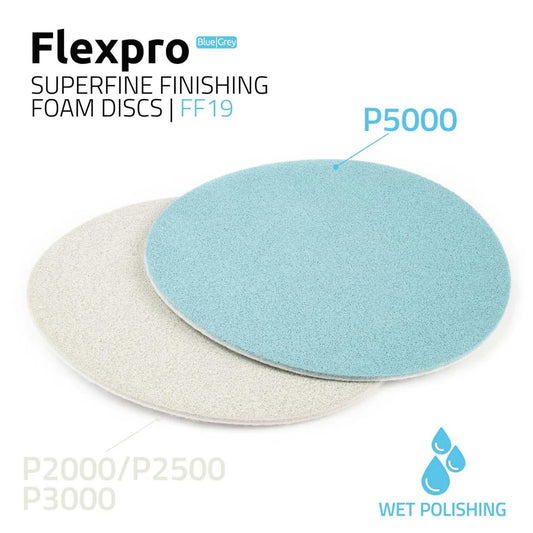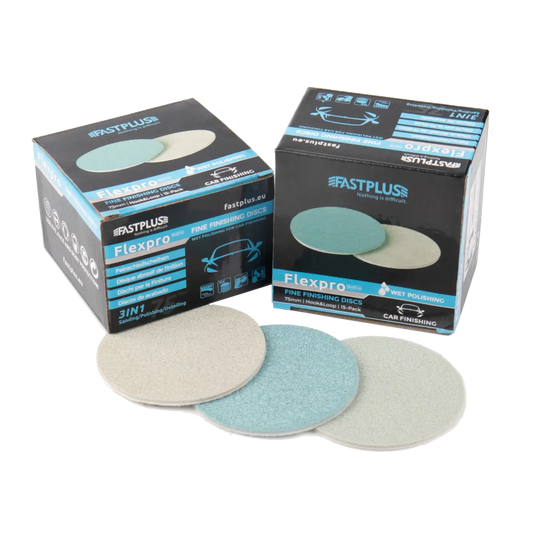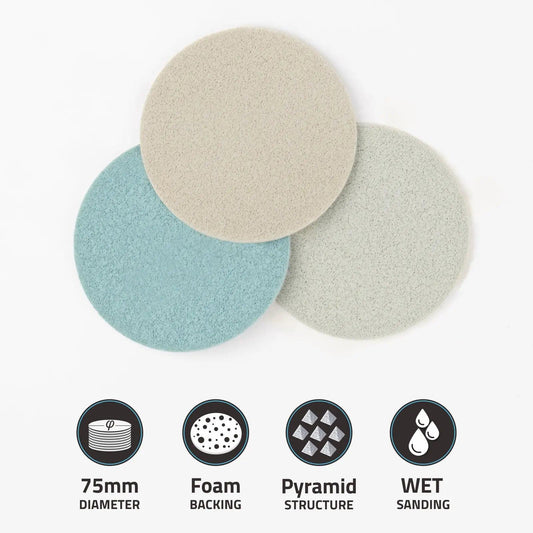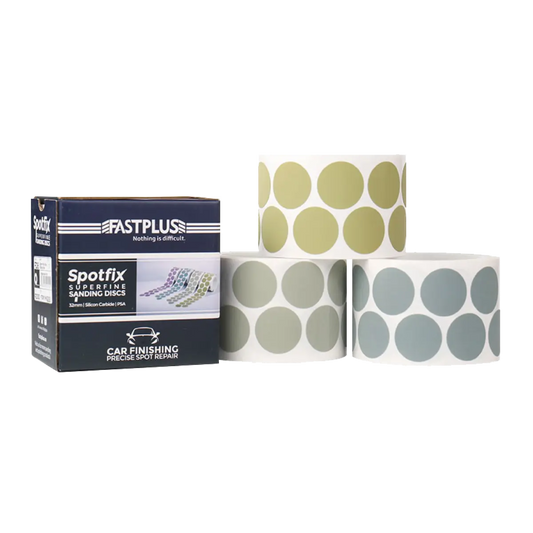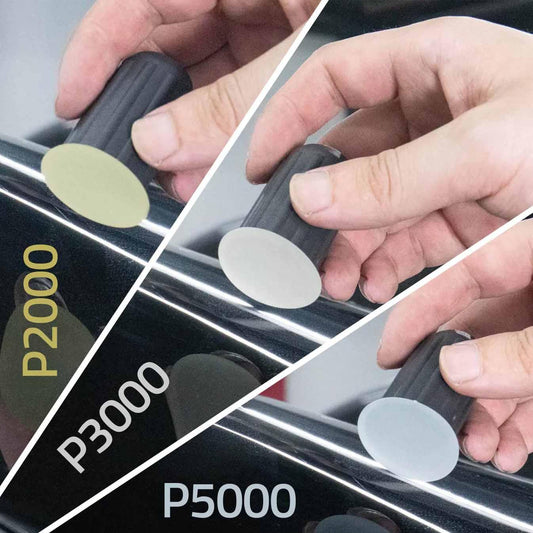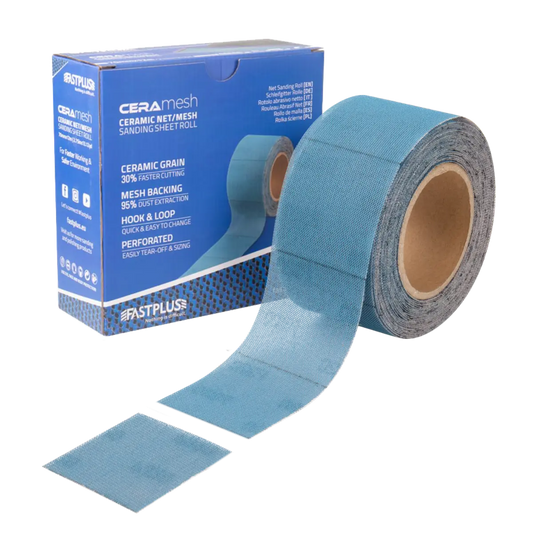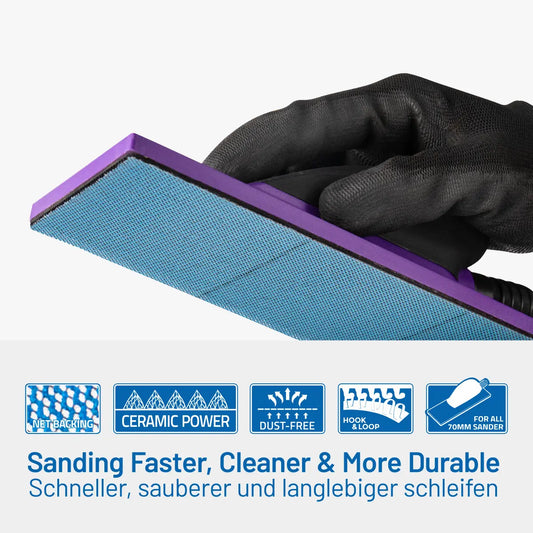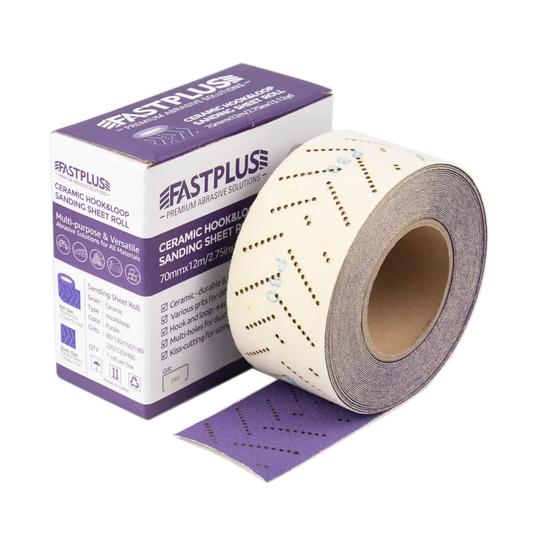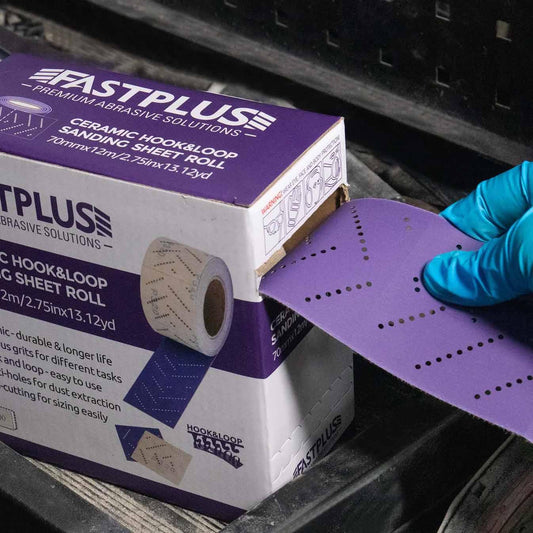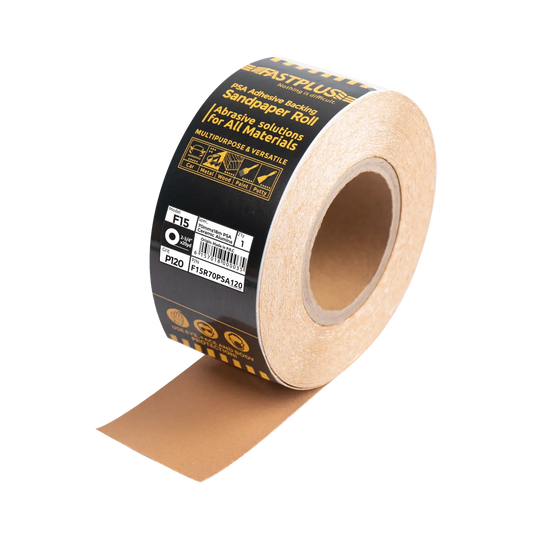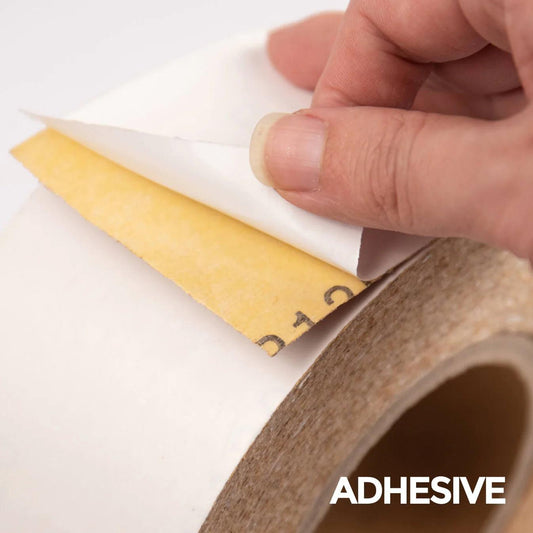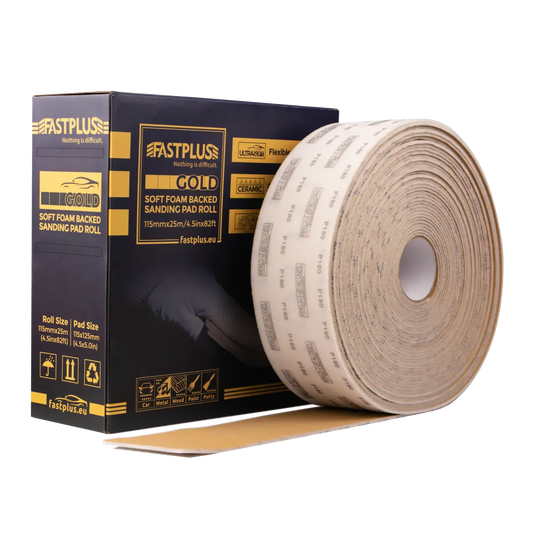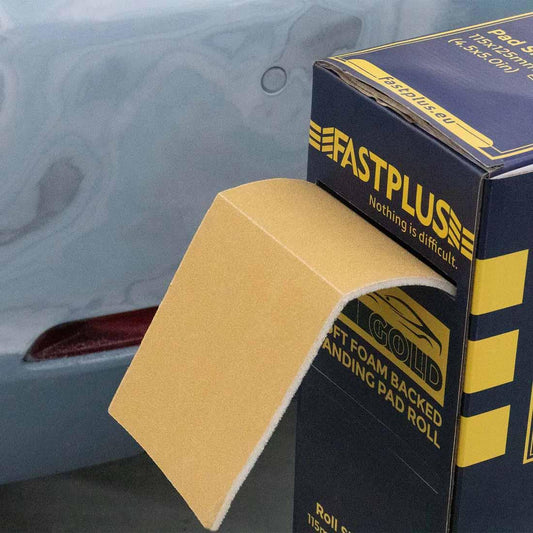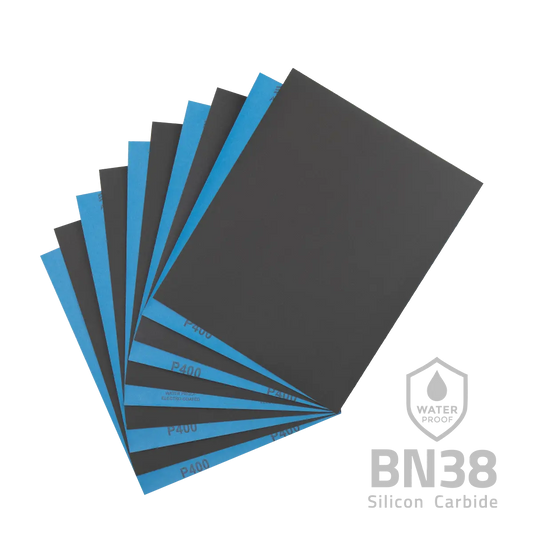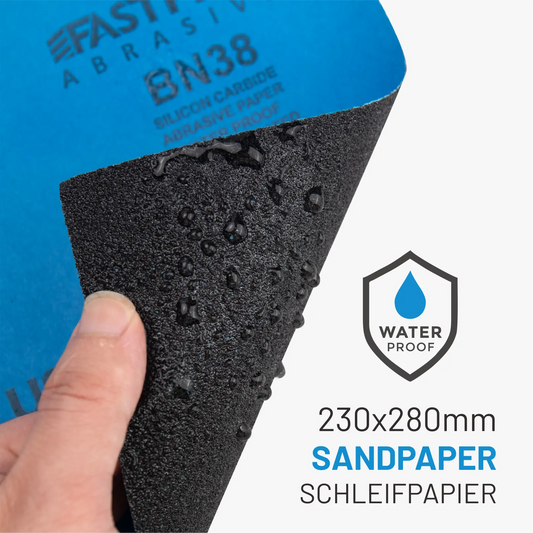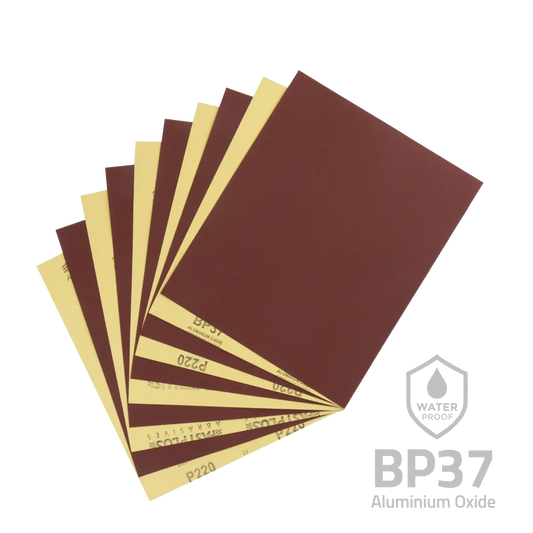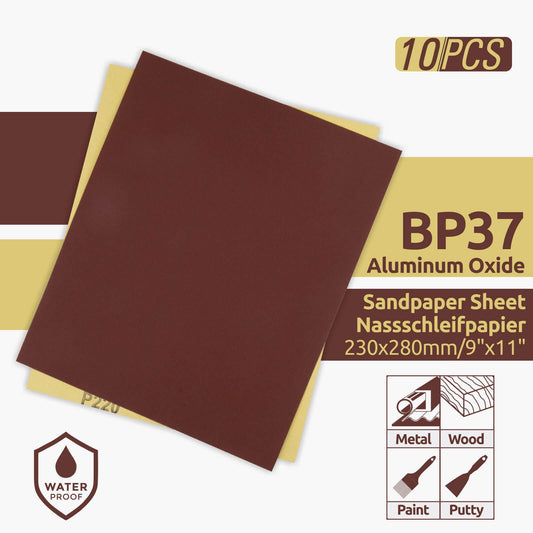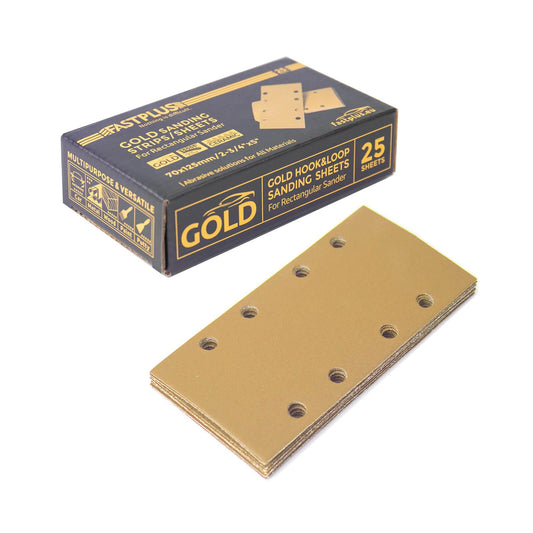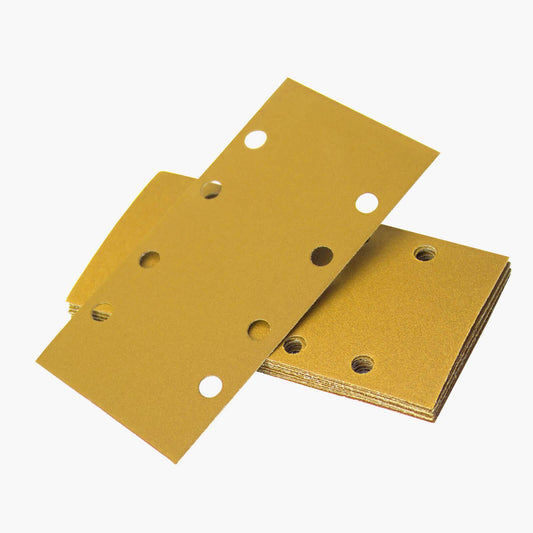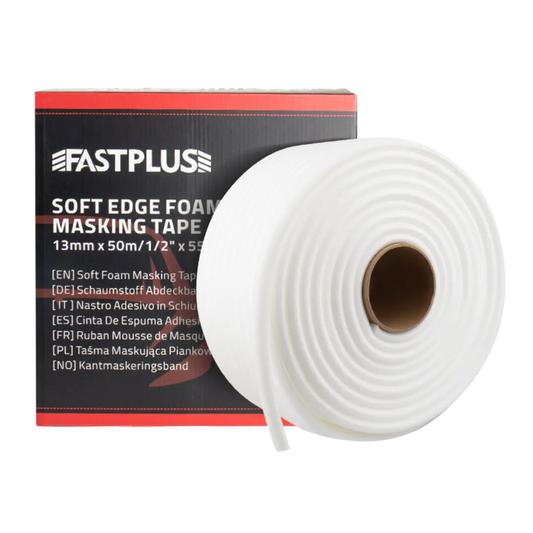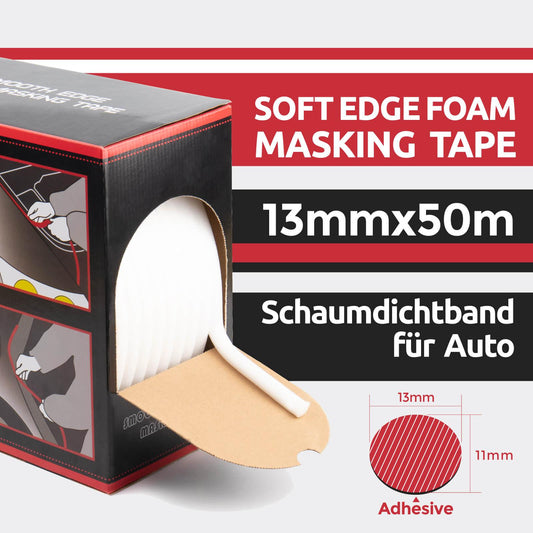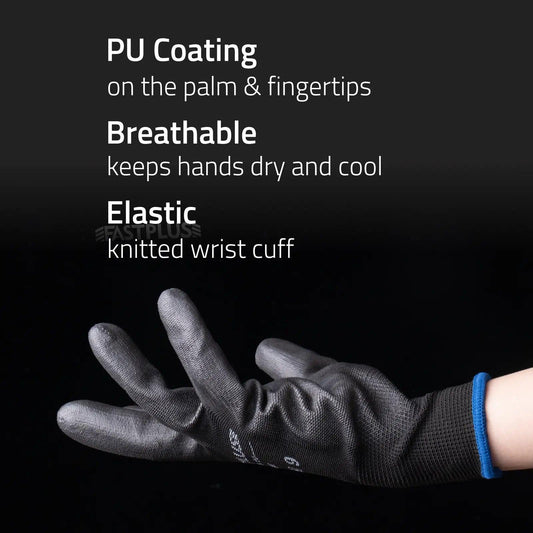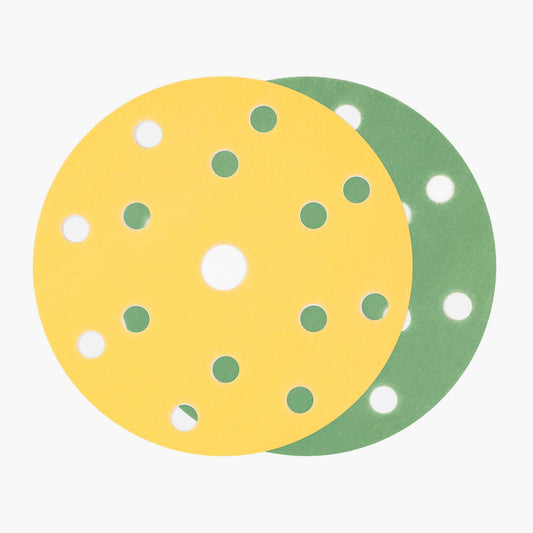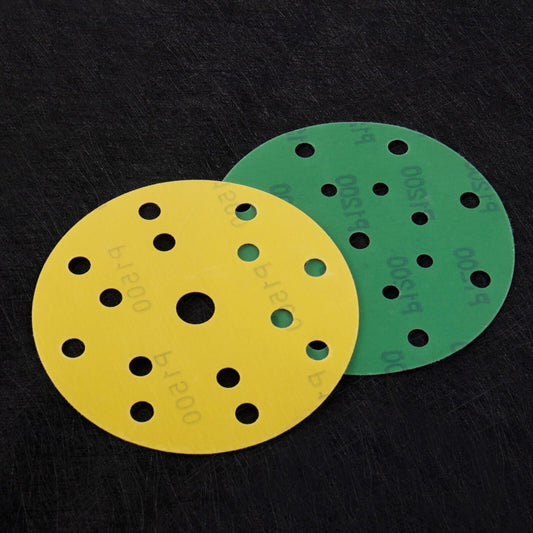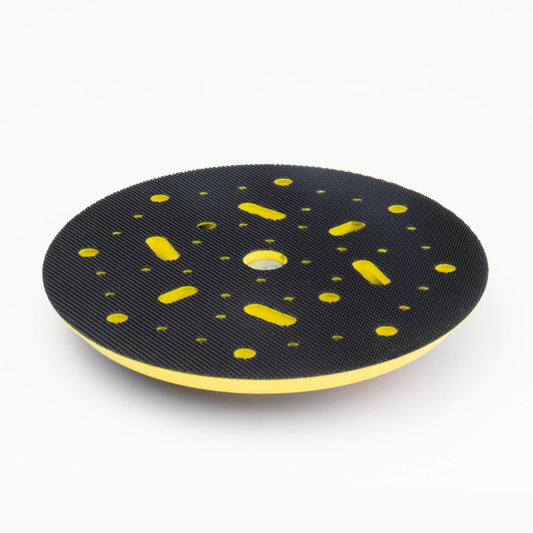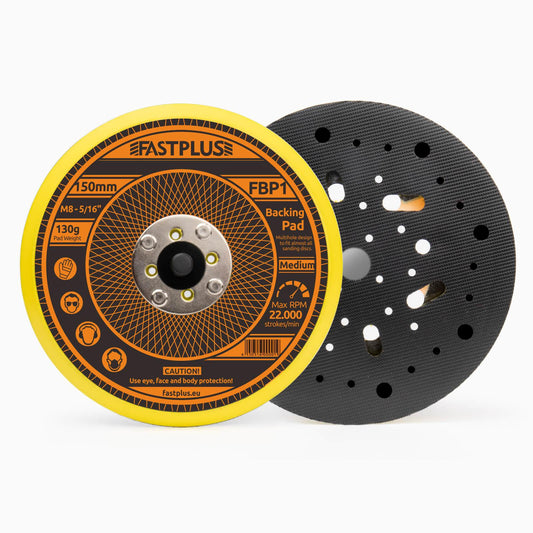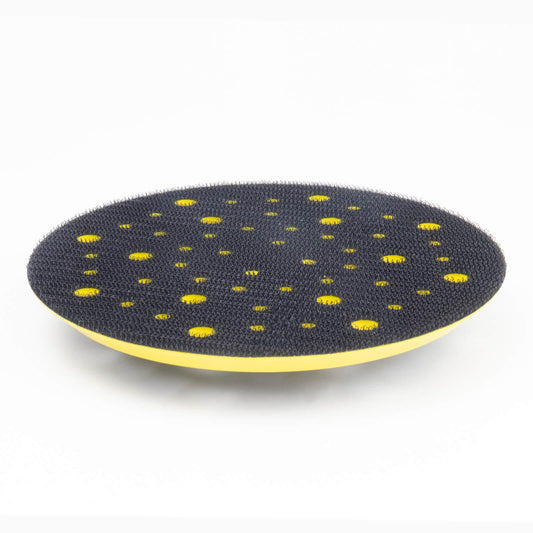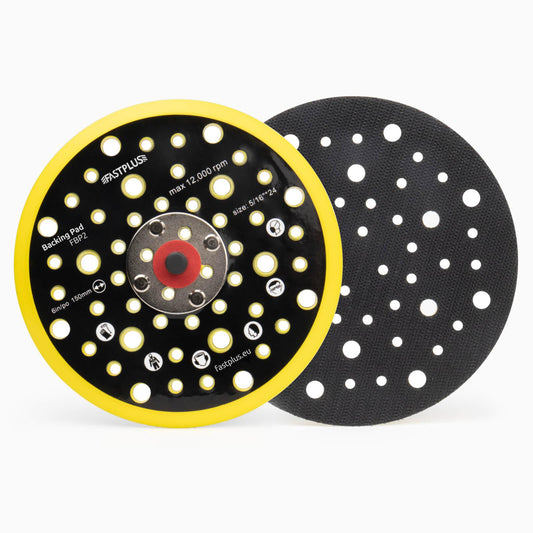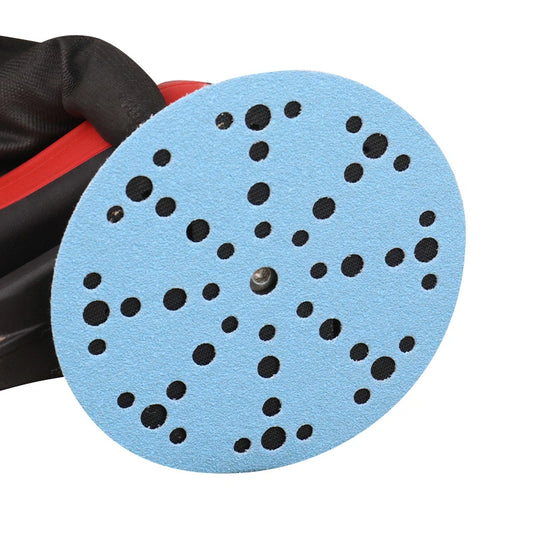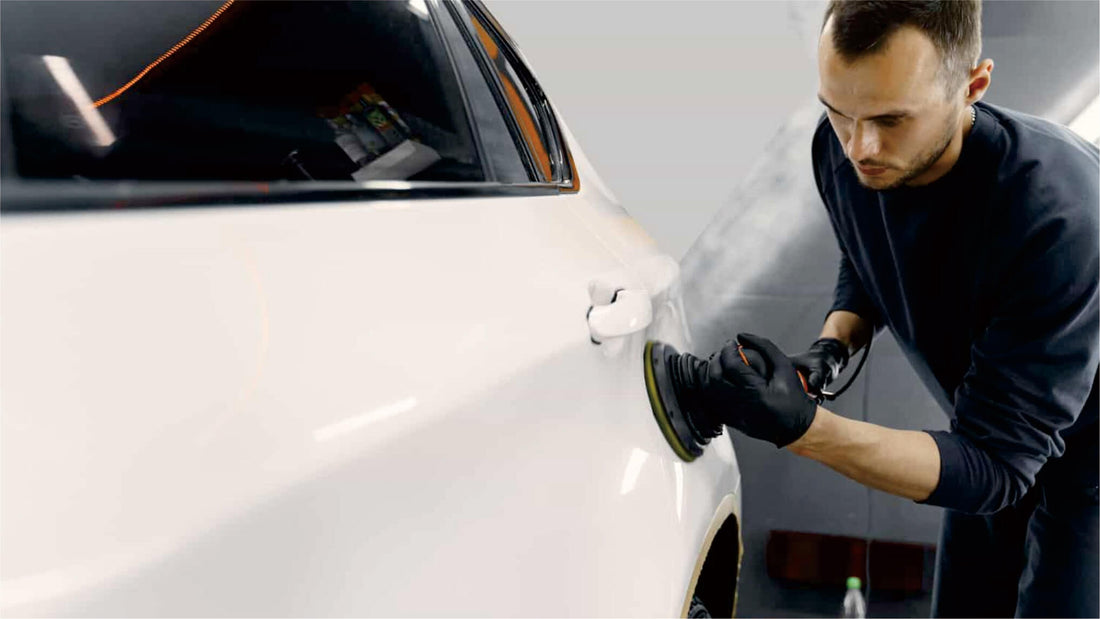
How Do I Deal with Different Types Of Car Scratches?
We know that going to an autobody repair shop might not always be feasible or seems not worth it for a car scratch. We even understand that scratches can make your car look bad and lower its resale value as well. Many car owners leave their car scratches alone because it costs them a lot to fix them in a repair shop and the process also takes too much time.

To fix scratches on your car, there are a few methods you can use without taking your car to a garage. No worries, if you're in the mood to fix it yourself, here we've listed some information on different car scratches, including how to fix them.
Clear Coat Scratches
 The clear coat is a dense, clear, and relatively long-lasting coating of polyurethane or another polymer. In the event the clear coat breaks down, the underlying level corrodes speedily, exposing uncovered steel and commencing the oxidation process. To create your vehicle look great again and take off all blemishes, you need to know just how to get rid of clear coat scratches.
The clear coat is a dense, clear, and relatively long-lasting coating of polyurethane or another polymer. In the event the clear coat breaks down, the underlying level corrodes speedily, exposing uncovered steel and commencing the oxidation process. To create your vehicle look great again and take off all blemishes, you need to know just how to get rid of clear coat scratches.
- Wash the Car. Clear the area simply getting repaired with tepid water plus some declines of platter cleansing soap. This will probably get rid of all grime. Next, spray it with prep solvent. Prep solvent will remove oil, wax, grease and other contaminants.
- Sand the surface. Your goal is to get the surface even so scratches are not visible. Sand away scratches with 2000-grit wet and dry sandpaper. After buffing away the scratches, wipe off the residue with a microfiber towel to see if the scratches are still visible. You may need a few rounds of sanding to get the surface even.
- Clean the Area. When the surface is smooth and no scratches are visible, clean and dry the area with a clean microfiber towel.
- Polish. Use polish compound to remove paint and remove sand marks. Make sure the polish you use is clear coat safe. Can be done manually or with a dual action polisher.
Primer Scratches
 Your vehicle's primer is definitely the deepest level of paint on the car. Primer scratches are most likely a result of minor to serious bumps. Handling this kind of injury is critical, as continuous periods of kept-over may cause oxidation on subjected metal areas. If you're willing to resolve those primer scrapes at home, follow these steps:
Your vehicle's primer is definitely the deepest level of paint on the car. Primer scratches are most likely a result of minor to serious bumps. Handling this kind of injury is critical, as continuous periods of kept-over may cause oxidation on subjected metal areas. If you're willing to resolve those primer scrapes at home, follow these steps:
- Remove the corrosion and primer on the bottom work surface, rinse the scratches using a solvent, and dried up them
- Scrape putty
- Sand the putty into shape
- Spray the middle coat
- Spray the top coat
- Polish and wax
Tips: Don't buff way too hard, since this could damage the clear coat. Except if you will have the skills in this field, for deeper scratches, you're a lot more well off taking it to a few expert auto repair shop.
Paint Scratches
 You've carried out your greatest in order to avoid them, but somehow those pesky fresh paint scuff marks arrive. Repairing them usually entails buffing away marks with fine-grit sandpaper and abrasives (Check out our other article about how to choose right grit size of sandpapers), well before reapplying the clear coat by having an aerosol spray. Listed below we've outlined the fundamental process for repairing painting to your car or truck:
You've carried out your greatest in order to avoid them, but somehow those pesky fresh paint scuff marks arrive. Repairing them usually entails buffing away marks with fine-grit sandpaper and abrasives (Check out our other article about how to choose right grit size of sandpapers), well before reapplying the clear coat by having an aerosol spray. Listed below we've outlined the fundamental process for repairing painting to your car or truck:
- Wash and dried up your car completely.
- Apply a modest amount of scuff remover to some foam applicator cushion.
- Rub the scuff remover into the damaged region and operate it to the scratched area casually.
- When completed, wash on the region by using a thoroughly clean and dried out terry fabric.
- Finally, buff the spot with improving wax to revive the car's glow.
Glass Scratches
 If you have flat scratches on the surface of your car window or windshield, they can be easily minimized or completely eliminated by filling the gaps.
If you have flat scratches on the surface of your car window or windshield, they can be easily minimized or completely eliminated by filling the gaps.
- Clean scratches. Before you actually repair the scratch, you need to make sure the dirt isn't interfering with the bond between the fix kits and the glass. Thoroughly clean the scratched area with professional glass cleaner and a soft cloth.
- Mark the damaged area. As the repair progresses, it can be difficult to see where the scratch is on the glass. Therefore, you should mark the scratch area so that you know where to work.
- Apply repair products. Once the restorative product is ready, you can start repairing the scratches. The exact steps to follow depend on the product you are using.
- Keep the glass clean. After a full restoration, wipe off any residue from the restorative product and clean the window. At this point, you can clean the entire window. The result should be a clear piece of glass with no scratches.
Final Words
While you can't always replace parts of your vehicle yourself, that doesn't mean you can't fix it, as you know the different types of scratches and how to fix them. Fastplus Abrasives has everything you need to keep your car looking shiny. When you want a great-looking car but don't want to pay the price of having it repaired, rely on Fastplus Abrasives for all your auto body repair needs.
Buy Factory-Direct Fastplus Abrasives
Want to purchase high-quality, factory-direct sanding discs, sanding sheet rolls, and film abrasive discs for automotive applications? Try Fastplus Abrasives today and place your orders online!
